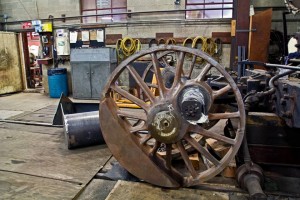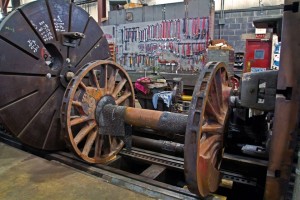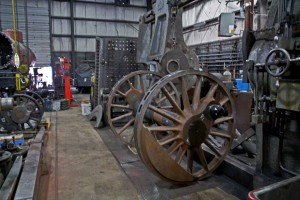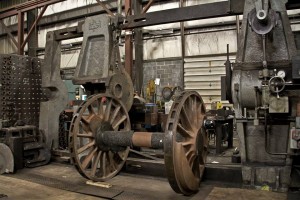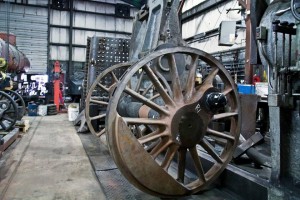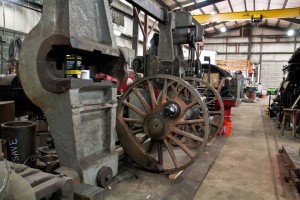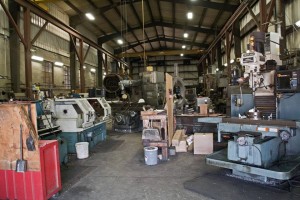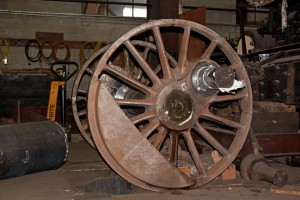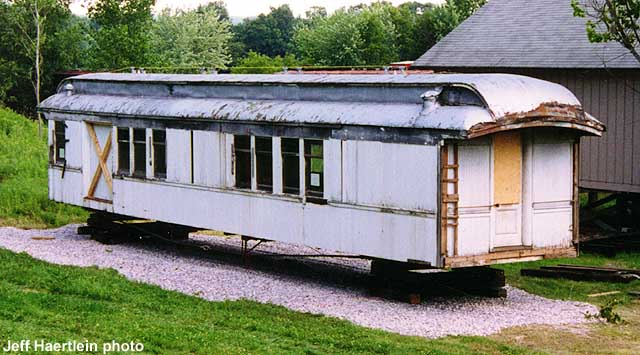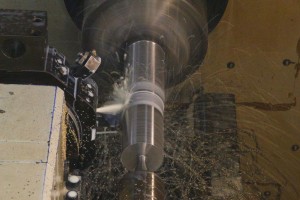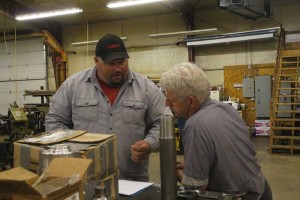Posts to this page on the rebuild of the C&NW 1385’s has been a bit light as of late, but the same cannot be said of the type of work that is taking place on the locomotive’s running gear. This first set of photos taken in mid-May show some of the work going into the removal and marking of inside and outside wedge bars as well as inside and outside shoe bars and preparation of the frame for weld repairs.
An excerpt from a 1945 locomotive repair text summarizes:
The primary purpose of shoes and wedges are to keep the driving axles in proper alignment (perpendicular to frame), to take up lost motion between the driving box and the pedestal as wear progresses, and to prevent the pedestals from taking wear.
When the locomotive is shopped for general repairs, the frames, the pedestals, and the driving boxes are all trued up and the shoes and wedges that are badly worn or that are broken or too thin for the maximum thickness of liner applied, are replaced with new ones.
These alterations require that the shoes and the wedges be again marked off and machined so that the locomotive will be in tram.
All photos in this post our courtesy of project photographer Brian Allen.
-
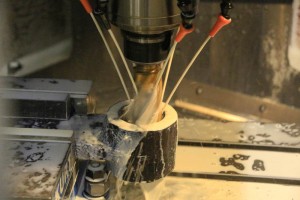
-
C&NW #1385 repairs at SPEC Machine on May 13, 2014. Brian Allen photo.
-
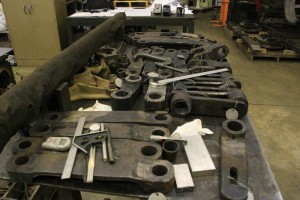
-
C&NW #1385 repairs at SPEC Machine on May 13, 2014. Brian Allen photo.
-
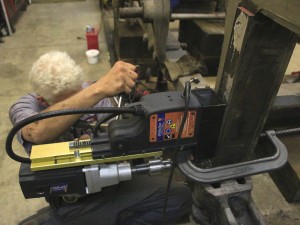
-
C&NW #1385 repairs at SPEC Machine on May 13, 2014. Brian Allen photo.
-

-
C&NW #1385 repairs at SPEC Machine on May 13, 2014. Brian Allen photo.
Above photos taken May 13, 2014. More photos on Brian Allen’s Flickr album.
The following photoset was taken on June 25. The welding research conducted discussed in the previous post is being put to good work. As this series of photos illustrate, the 114-year-old locomotive frame has numerous cracks in need of attention and have begun being repaired. The 1385 will hopefully not need to be taken apart to this degree again for many decades, making this the opportune time to most easily conduct repairs.
-
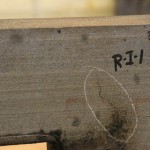
-
C&NW #1385 restoration at SPEC Machine. June 25, 2014. Brian Allen photo.
-
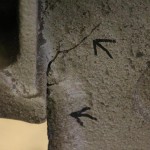
-
C&NW #1385 restoration at SPEC Machine. June 25, 2014. Brian Allen photo.
-
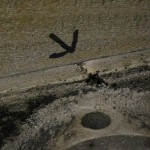
-
C&NW #1385 restoration at SPEC Machine. June 25, 2014. Brian Allen photo.
-
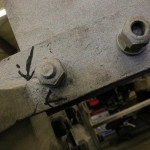
-
C&NW #1385 restoration at SPEC Machine. June 25, 2014. Brian Allen photo.
-
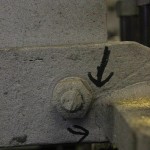
-
C&NW #1385 restoration at SPEC Machine. June 25, 2014. Brian Allen photo.
-
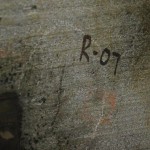
-
C&NW #1385 restoration at SPEC Machine. June 25, 2014. Brian Allen photo.
-
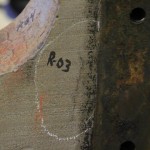
-
C&NW #1385 restoration at SPEC Machine. June 25, 2014. Brian Allen photo.
-
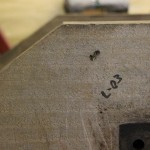
-
C&NW #1385 restoration at SPEC Machine. June 25, 2014. Brian Allen photo.
-
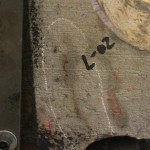
-
C&NW #1385 restoration at SPEC Machine. June 25, 2014. Brian Allen photo.
-
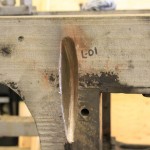
-
C&NW #1385 restoration at SPEC Machine. June 25, 2014. Brian Allen photo.
-
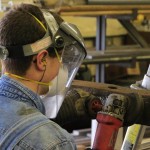
-
C&NW #1385 restoration at SPEC Machine. June 25, 2014. Brian Allen photo.
-
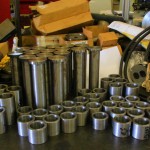
-
C&NW #1385 restoration at SPEC Machine. June 25, 2014. Brian Allen photo.
-
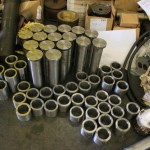
-
C&NW #1385 restoration at SPEC Machine. June 25, 2014. Brian Allen photo.
-
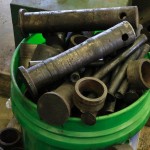
-
C&NW #1385 restoration at SPEC Machine. June 25, 2014. Brian Allen photo.
-
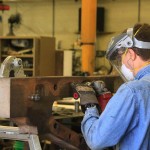
-
C&NW #1385 restoration at SPEC Machine. June 25, 2014. Brian Allen photo.
-
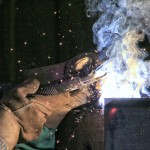
-
C&NW #1385 restoration at SPEC Machine. June 25, 2014. Brian Allen photo.
-
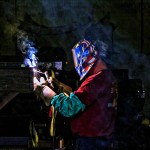
-
C&NW #1385 restoration at SPEC Machine. June 25, 2014. Brian Allen photo.
-
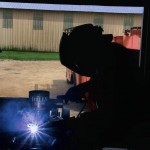
-
C&NW #1385 restoration at SPEC Machine. June 25, 2014. Brian Allen photo.
-
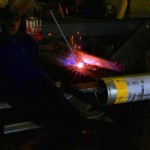
-
C&NW #1385 restoration at SPEC Machine. June 25, 2014. Brian Allen photo.
-
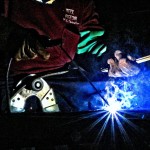
-
C&NW #1385 restoration at SPEC Machine. June 25, 2014. Brian Allen photo.
-
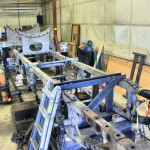
-
C&NW #1385 restoration at SPEC Machine. June 25, 2014. Brian Allen photo.
As described in the April 6th posting, the 1385’s 63-inch driving wheels were shipped to Strasburg Rail Road for repairs at their facility which includes a wheel lathe capable of handling 1385’s drivers. More photos and info should be forthcoming, but for now here is the one photo available thus far courtesy of a Pennsylvania railfan.
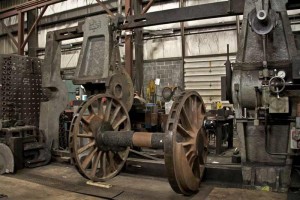
One of Chicago & North Western steam locomotive No. 1385’s 63-inch drivers with tires removed at Strasburg Rail Road for maintenance and repair.

